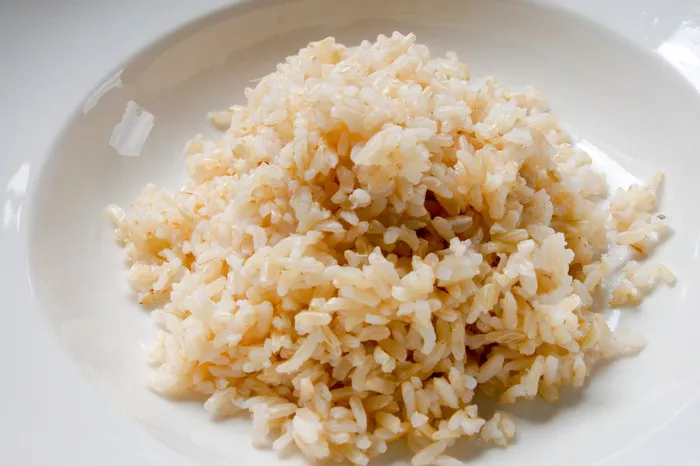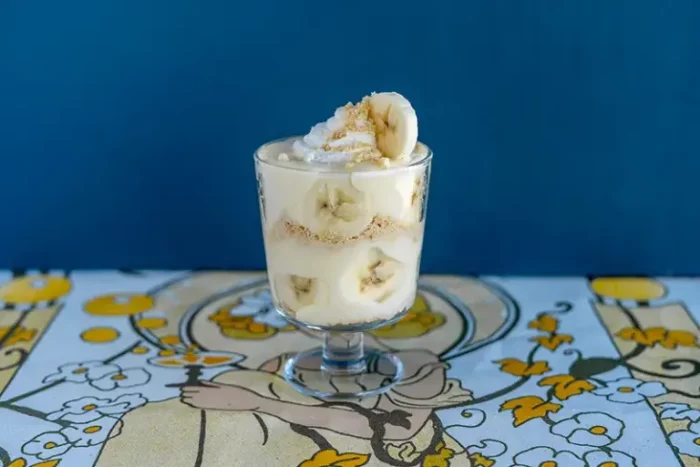Eggs play a crucial role in baking. They help with binding, leavening, and providing moisture to a cake. However, there are many reasons why you might need to substitute eggs in your cake recipe. You could be allergic to eggs, following a vegan diet, or simply ran out of eggs in the kitchen. Whatever the reason, there are plenty of egg alternatives you can use in cakes without compromising texture or flavor.
This guide will explain various egg substitutes you can use in cakes, focusing on how each substitute works and the best use cases for each.
Why Replace Eggs in a Cake?
Eggs in cakes do more than just provide flavor. They serve several key functions in the baking process:
Binding Agent: Eggs hold the ingredients together, helping the batter stay intact as it bakes.
Moisture: Eggs add moisture to the cake, preventing it from becoming too dry.
Leavening: Eggs trap air when beaten, which helps cakes rise and gives them a light, fluffy texture.
Flavor: Eggs contribute to the overall flavor profile of the cake.
When replacing eggs, it’s important to choose a substitute that can perform these roles effectively.
Common Egg Substitutes for Cakes
1. Applesauce
Applesauce is one of the most popular egg substitutes in baking. It’s great for cakes that need a bit of moisture but not much structure. It works especially well in moist cakes like spice cakes, carrot cakes, and chocolate cakes.
How It Works: Applesauce helps to bind the ingredients together and provides moisture, which is essential for a tender cake. It doesn’t provide leavening, so you may need to add an additional leavening agent like baking soda or baking powder.
How to Use It: Replace each egg with 1/4 cup of unsweetened applesauce.
Best for: Moist cakes like chocolate, carrot, and spice cakes.
2. Mashed Bananas
Mashed bananas are another excellent substitute for eggs in cakes. Bananas are naturally sweet and add both moisture and structure to the cake. They also work well in cakes that benefit from a fruity flavor, such as banana bread or chocolate cakes.
How It Works: The mashed bananas provide moisture, binding, and a little bit of natural sweetness. They won’t create as much rise as eggs, so they may not be ideal for cakes that require a lot of fluffiness.
How to Use It: Replace each egg with 1/4 cup of mashed bananas (about half a medium banana).
Best for: Banana bread, chocolate cakes, or any cake where you want a subtle banana flavor.
3. Flaxseed Meal
Flaxseed meal is a fantastic egg replacement, especially in vegan cakes. Flax seeds are rich in fiber and healthy fats, which makes them a great binding agent. They also add a slight nutty flavor to cakes, which can be quite pleasant.
How It Works: When combined with water, ground flaxseed forms a gel-like consistency that mimics the texture of eggs. This helps bind the ingredients together while adding some moisture to the cake. It also provides a small amount of rise, though not as much as eggs.
How to Use It: Combine 1 tablespoon of ground flaxseed with 3 tablespoons of water. Let it sit for a few minutes to form a gel, then use it in place of one egg.
Best for: Vegan cakes, especially those with a nutty flavor or rich textures.
4. Chia Seeds
Like flaxseed, chia seeds are another excellent vegan option for replacing eggs. They also create a gel when mixed with water, which helps bind ingredients and adds moisture to your cake.
How It Works: Chia seeds are similar to flaxseed in that they form a gel when hydrated. This gel acts as a binder and adds moisture to the cake. However, chia seeds have a slightly crunchier texture than flaxseed, which can add an interesting dimension to the cake’s overall texture.
How to Use It: Mix 1 tablespoon of chia seeds with 3 tablespoons of water. Let it sit for about 5 minutes until it thickens. Use this mixture in place of one egg.
Best for: Vegan cakes, fruit cakes, and any cake where the added texture of chia seeds is a benefit.
5. Silken Tofu
Silken tofu is a great egg substitute in cakes that need a smooth, creamy texture. It’s particularly good for dense cakes like brownies or pound cakes. Tofu helps provide structure and moisture while keeping the cake soft and tender.
How It Works: Silken tofu blends into a smooth consistency, adding moisture and structure. It doesn’t contribute much to leavening, so you may need to adjust the leavening agents in the recipe to ensure the cake rises properly.
How to Use It: Use 1/4 cup of blended silken tofu to replace one egg.
Best for: Dense cakes like brownies, pound cakes, and rich chocolate cakes.
6. Yogurt or Buttermilk
Yogurt or buttermilk is another good substitute for eggs. It’s especially useful in cakes that require a bit of tang or acidity. Yogurt helps add moisture and can provide a slight rise due to its acidity reacting with baking soda.
How It Works: Yogurt and buttermilk provide moisture and help activate baking soda to give the cake a slight rise. The acidity in these dairy products also contributes to a soft texture.
How to Use It: Replace each egg with 1/4 cup of yogurt or buttermilk.
Best for: Cakes that require moisture and acidity, such as coffee cakes, pound cakes, or cakes with fruity fillings.
7. Aquafaba (Chickpea Brine)
Aquafaba is the liquid from canned chickpeas and is an amazing egg substitute, especially for creating fluffy cakes. It’s commonly used in vegan baking to replace egg whites for meringues, but it can also be used in cakes to add moisture and leavening.
How It Works: Aquafaba is able to mimic the structure and texture of egg whites. It can help with both binding and leavening, making it a good all-around egg substitute. However, because it’s primarily water, it may need additional dry ingredients to ensure the cake has the right consistency.
How to Use It: Use 3 tablespoons of aquafaba to replace one egg.
Best for: Fluffy cakes like angel food cake or sponge cake.
8. Vinegar and Baking Powder
A combination of vinegar and baking powder is another popular egg replacement, especially for cakes that need a good rise. The acid from the vinegar reacts with the baking powder, helping to leaven the cake and provide a light, airy texture.
How It Works: The vinegar reacts with the baking powder to release carbon dioxide, which helps the cake rise. This mixture is best used in combination with other moist ingredients to avoid a dry texture.
How to Use It: Mix 1 tablespoon of vinegar (white or apple cider vinegar) with 1 teaspoon of baking powder to replace one egg.
Best for: Light and airy cakes, including sponge cakes and cupcakes.
9. Coconut Yogurt or Coconut Milk
Coconut yogurt or coconut milk can replace eggs in cakes while also imparting a subtle coconut flavor. These substitutes are especially useful for cakes with tropical or fruity flavors.
How It Works: Like regular yogurt or buttermilk, coconut yogurt or coconut milk adds moisture and structure to the cake. Coconut milk is particularly rich and creamy, making it great for dense cakes like pound cakes.
How to Use It: Replace each egg with 1/4 cup of coconut yogurt or coconut milk.
Best for: Cakes with tropical flavors like coconut, pineapple, or lime.
10. Store-Bought Egg Replacers
There are also many store-bought egg replacers available, often marketed as “egg replacer” or “egg powder.” These products are typically made from starches and gums that mimic the binding and leavening properties of eggs.
How It Works: These egg replacers are often designed to work in a variety of baked goods, providing moisture, structure, and leavening. They are typically mixed with water to form a paste or liquid before being added to the batter.
How to Use It: Follow the instructions on the product label, as different brands have different ratios and methods of use.
Best for: Any cake where you need a reliable egg substitute that mimics the texture and rise of eggs.
Tips for Baking Without Eggs
Adjust Leavening: Eggs help cakes rise, so if you’re using a substitute that doesn’t provide leavening, you may need to add more baking soda or baking powder.
Texture Considerations: Some egg substitutes, like bananas or applesauce, may make your cake denser. If you want a lighter texture, try using aquafaba or vinegar with baking powder.
Flavor: Some substitutes (like bananas or tofu) can impact the flavor of your cake. Choose a substitute that complements the flavors in your recipe.
Conclusion
There are many egg substitutes available for baking, each with its unique properties. By understanding how different substitutes work, you can choose the right one for your cake recipe. Whether you’re using applesauce for moisture, flaxseed for binding, or aquafaba for lightness, there’s no reason you can’t bake a delicious, egg-free cake. Happy baking!
Related topics:























